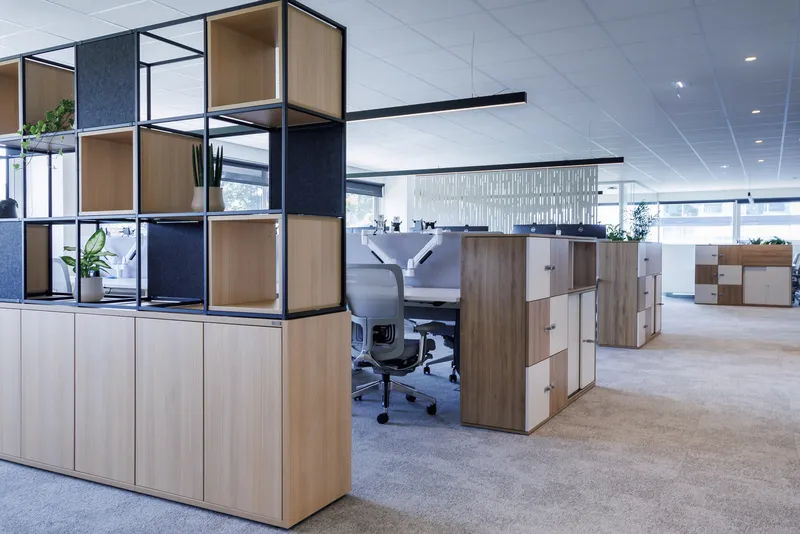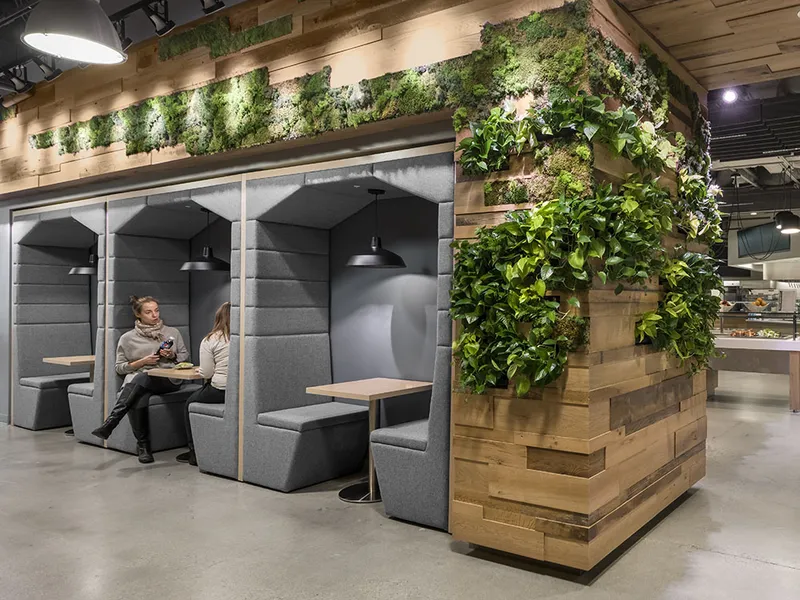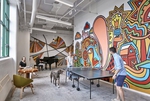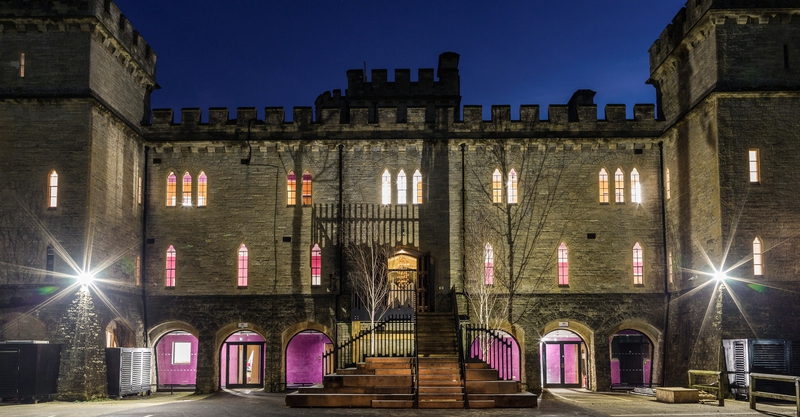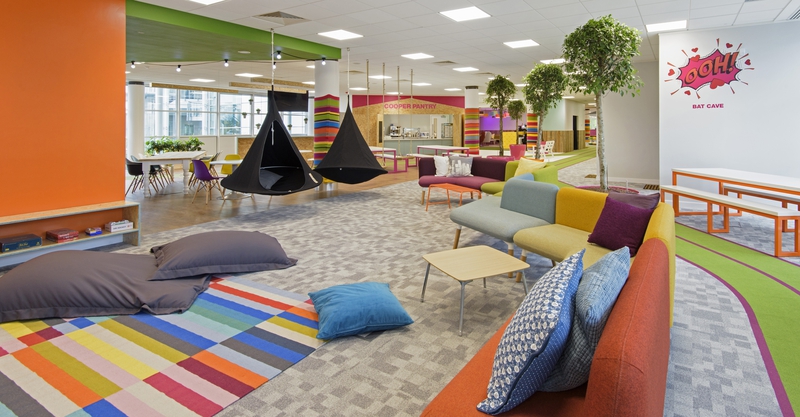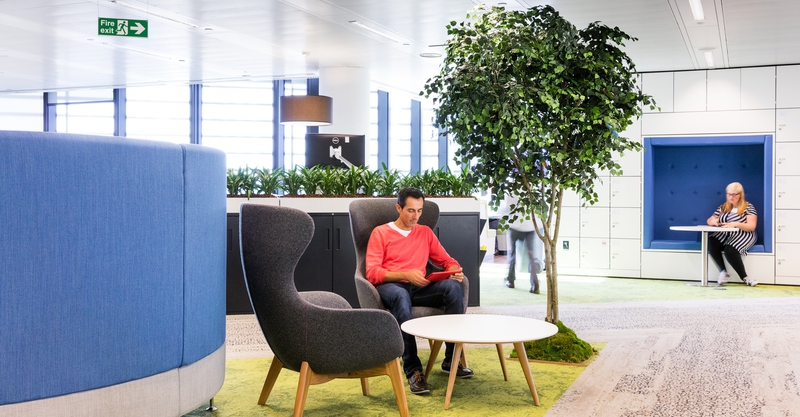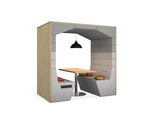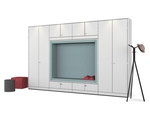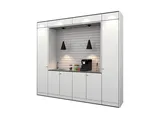9 Feb 2018
Industry Trends
How do you retain workers and use design to help build careers? How do you create a destination workplace? Susan Szenasy, Director of Design Innovation at Metropolis has noticed a trend on human-centred design in the work place. Does ‘destination workplace’ actually define the vision and culture of a company? How important is employee engagement with their surroundings? The evidence would suggest that it is in fact integral to retaining workers and can actually help build careers.
Investors in People conducted a 2017 survey that found 1 in 3 British people are unhappy in their job. As of July last year, the Office for National Statistics confirmed that over 65 million people live in Great Britain; that means a devastating 21 million individuals feel undervalued, underpaid and are trapped by a lack of career progression (Office for National Statistics, 2017).
But all is not lost. With more employees considering their workplace as a second home (RecruitLoop, 2017) there are many ways to engage, motivate and inspire staff. One key component is the work environment.
Take Starbucks for example. Why do millions of people choose to buy an agreeably expensive cup of coffee from Starbucks rather than any other café? Tom Hebner, Director of Starbucks’ corporate Real Estate and Facilities says it all begins with the greeting. Your drink is personalised with your name, handcrafted to seduce your taste buds (tall soy de-cafe caramel macchiato latte with no foam), and if you’re a regular then the barista will most likely remember your name. This welcome has enabled corporates around the globe to voluntarily select Starbucks as their office. Tom also pointed out that of the 50 partners within his team, 10 of them began as baristas.

Employees are a marketing channel. A blog on RecruitLoop’s website suggests that if employees are unhappy, they are “less likely to participate in any business-related promotion” whether that’s talking to their friends, clients or worse – potential clients. Provide an ‘office’ that encourages team members to work collaboratively, learn from one and another and ultimately increase their overall business productivity, and you’ll generate brand ambassadors.
Look at office aesthetics. Gone are the days where interior design is simply a formula (person + desk = work). Companies that embrace colourful and informal work spaces are finding that ideas are being shared, fewer silos are being formed thanks to accidental interaction and employees are discovering a work-life integration: a home from home thanks to comfort, creativity and a less formal structure.
Whilst this may sound attractive, we can’t forget we’re still at work. This is where efficient technology is subtly intersecting with your surroundings. Tempronics have created an office chair with built-in heating and air conditioning devices and IKEA have lamps and nightstands that charge your smartphone simply by resting it on the base of the lamp or table top.
Steelcase, the US based and largest office-furniture manufacturer in the world says that companies don’t just buy furniture – they are completely reconfiguring their workspaces to “fully respond to new ways of working”. They are so invested in the destination workplace idea that Steelcase has its own Innovation Centre, including treadmills in front of stand-up desks and drop-in-drop-out video conferencing suites. “If you want to change your culture, getting the physical space to match the body language is critical” says Jim Keane, Steelcase CEO. “And if you change the culture but don’t change the pace, the space will anchor behaviours in the past.”
It is evident that destination workplace is a concept that businesses are taking seriously; one in which the outcomes will be mutually beneficial to both the employer and employee.
Share this article




